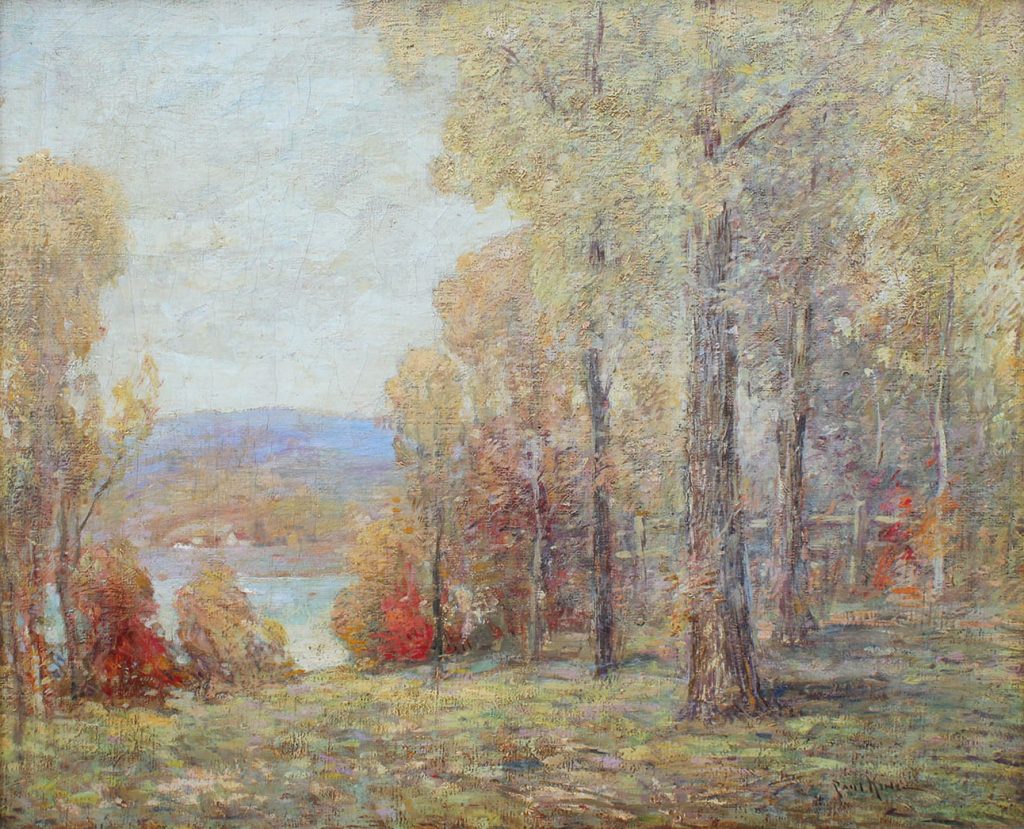PAUL BERNARD KING
1867-1947Born in Buffalo, New York on February 9, 1867, Paul King learned the meaning of composition, color, and texture as he assisted his father, Bernard H. King, a competent designer and craftsman of objects in precious metal. King became one of the first to study at Buffalo Art Students League. King was influenced by the international style of impressionism in the 1890s. Some of this derived from the Art Students League and from the 1901 Pan-American Exposition in Buffalo. The lure of Europe, particularly Paris, drew King to discover its painters and museums. By 1905, King was in the City of Light and then on to study in Italy and Holland. Upon his return to America in 1906, King was doubly honored by the Salmagundi Club when he was awarded both the Shaw Prize and the Inness Prize. From his Philadelphia studio at 10 South 18th Street, King submitted work to various national exhibitions such as the Art Institute of Chicago, the Pennsylvania Academy of the Fine Arts (1903-38), and the Corcoran Gallery (1907-21). He also exhibited at the Carnegie Internationals (1903-21). At the Panama-Pacific International Exposition in 1915, his powerful work entitled Winter won him a silver medal, and three years later, he was named as Associate to the National Academy of Design The artist opened a summer studio at Stony Brook on Long Island and painted there for many years. In 1928, he was awarded the Isidor Prize from the Salmagundi Club and five years later he was named full academician at the NAD. Although his once highly regarded impressionism came to be eclipsed by more modern imagery, the artist continued to paint throughout the 1930s and early 1940s — as late as 1937 King received a bronze medal from the staid National Arts Club. He was a board member of the Philadelphia School of Design for Women, serving as vice president and acting president, from 1908 to 1921. In 1921, he moved from his long-time home in Germantown section of Philadelphia to Stony Brook, Long Island, where he died in 1947. King’s paintings are in many private and public collections including: Albright-Knox Gallery, Buffalo; Butler Institute of American Art; Colby College Museum of Art; Farnsworth Art Museum; Houston Art Museum; Lauren Rogers Museum of Art; Los Angeles County Museum of Art; Museum of Fine Arts, Houston; National Gallery of Art, Washington DC; New Orleans Museum of Art; Reading Public Museum; The Cummer Museum of Art & Gardens; The Nelson-Atkins Museum of Art; The Parthenon; Yale University Art Gallery.
King’s work was highly regarded in his lifetime and has been awarded many prizes.
PAUL BERNARD KING
Artworks for Sale
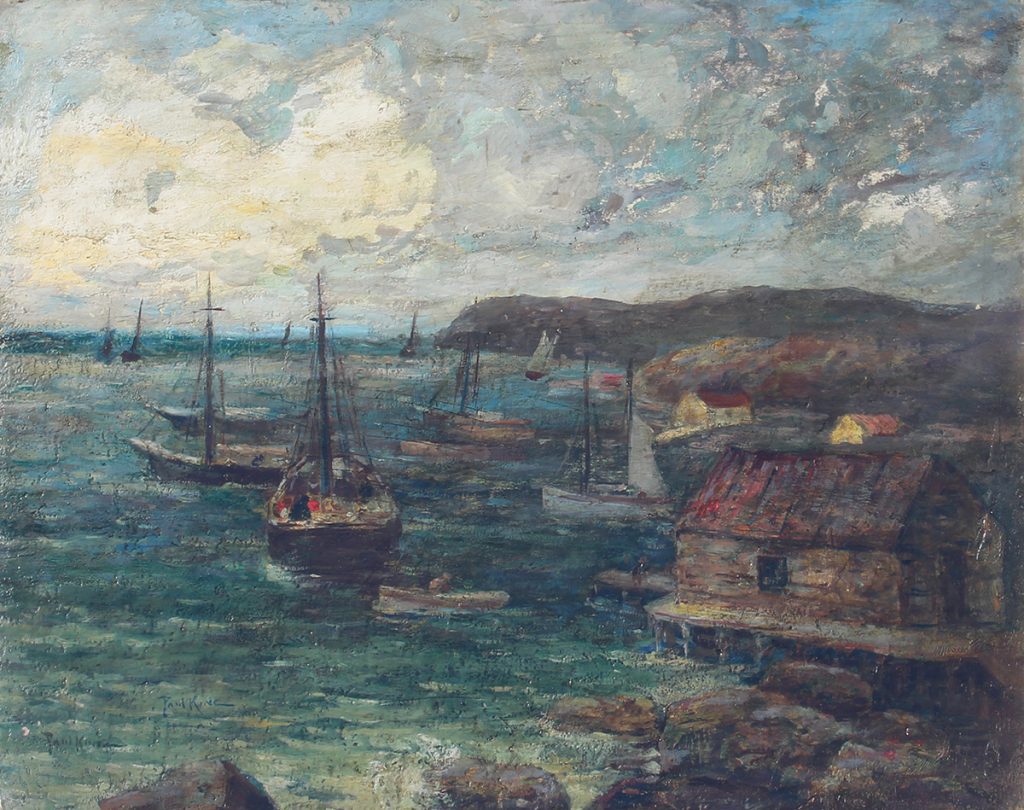 PAUL BERNARD KING
PAUL BERNARD KINGAfter the Storm
Oil
16 x 20 inches; Framed: 24 x 28 inches
Click here for more information
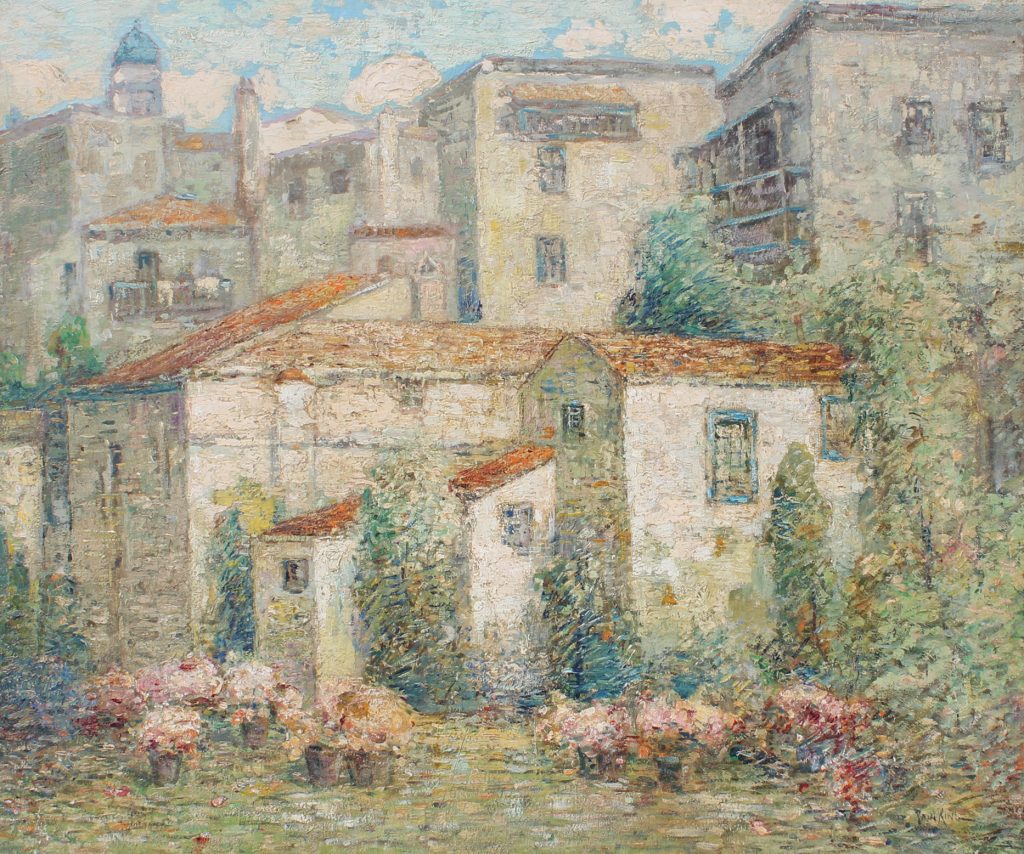 PAUL BERNARD KING
PAUL BERNARD KINGHillside, Cuenca Spain
Oil
25 x 30 inches; Framed: 32 x 37 inches
Click here for more information
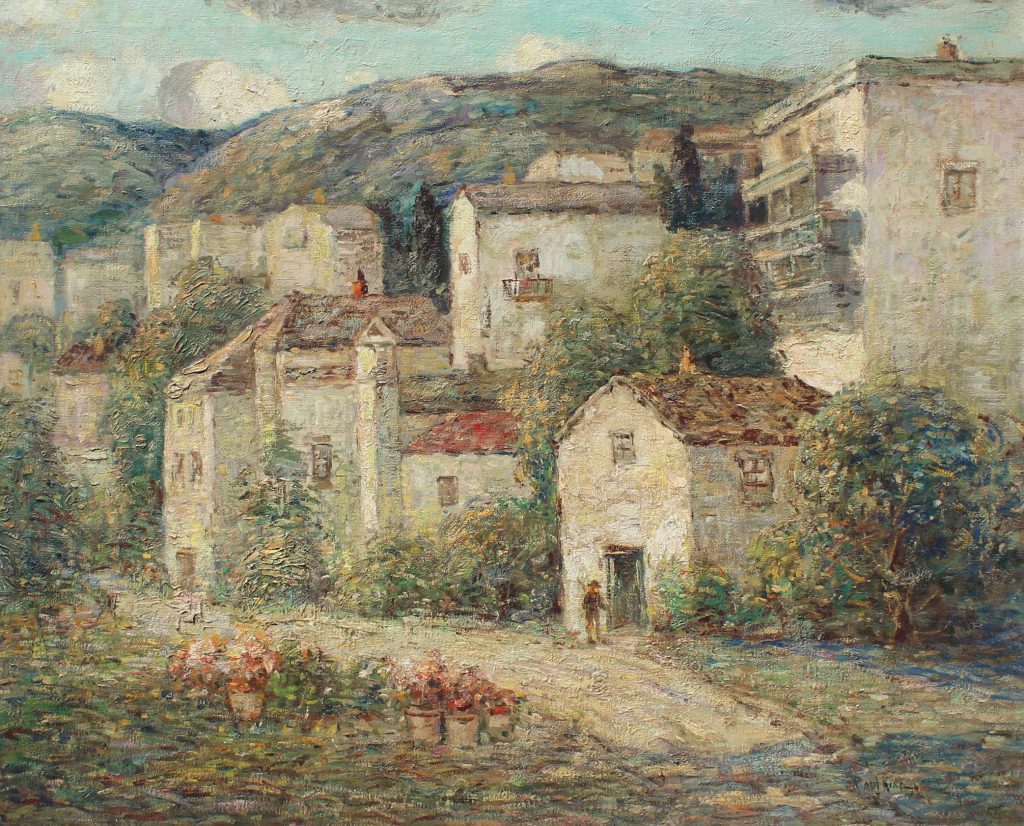 PAUL BERNARD KING
PAUL BERNARD KINGHills of Cuenca, Spain
Oil
32 x 40 inches; Framed: 37 x 45 inches
Click here for more information
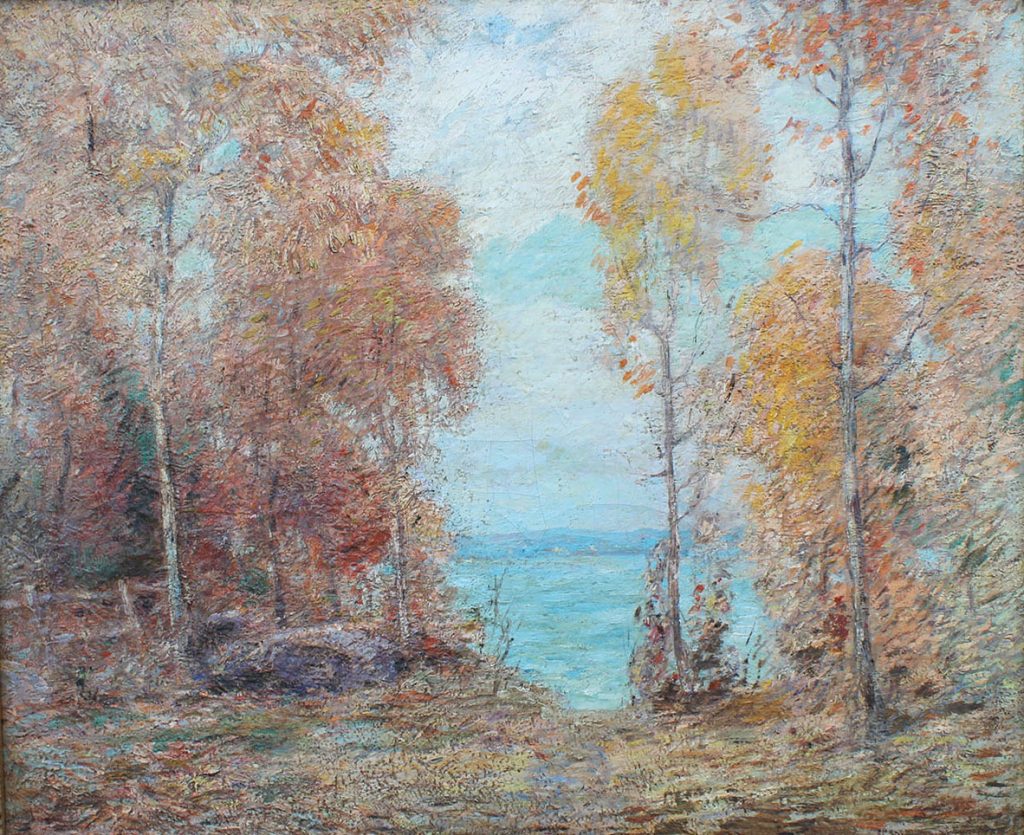 PAUL BERNARD KING
PAUL BERNARD KINGVista of the Sound, Stony Brook, Long Island, NY
Oil
25 x 30 inches; Framed: 32 1/2 x 37 1/2 inches
Click here for more information
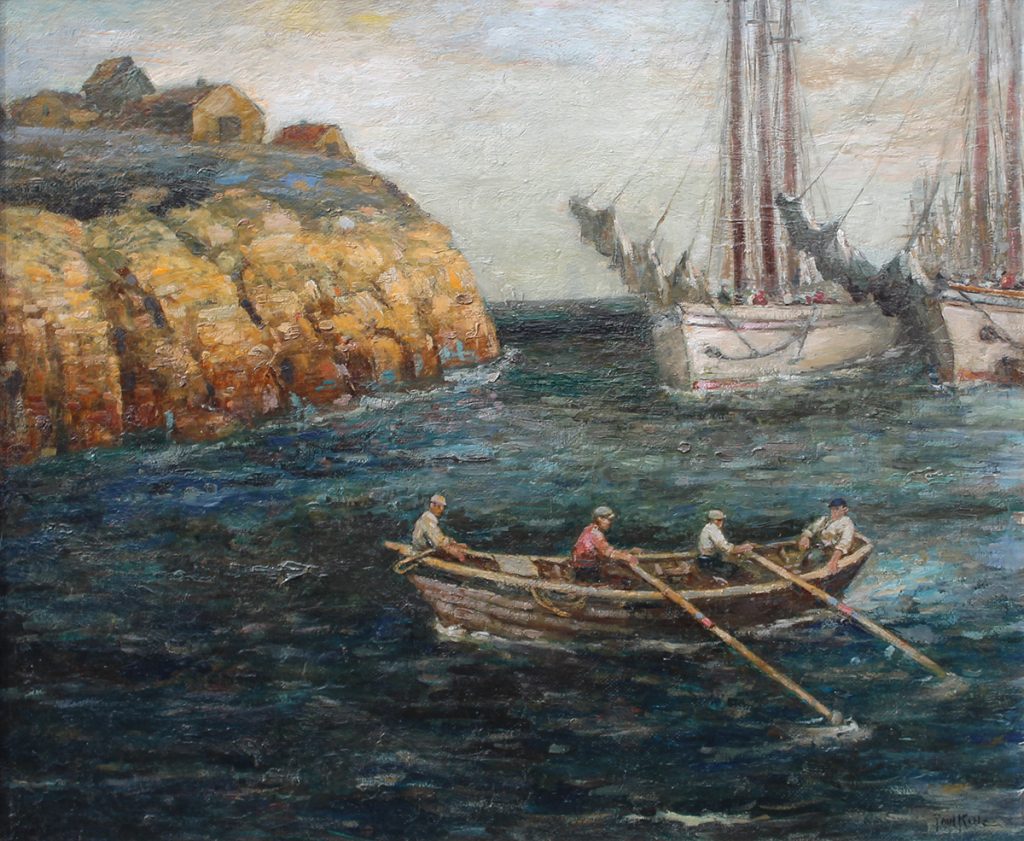 PAUL BERNARD KING
PAUL BERNARD KINGDinghy and Boats
Oil
25 x 30 inches; Framed: 32 x 37 inches
Click here for more information
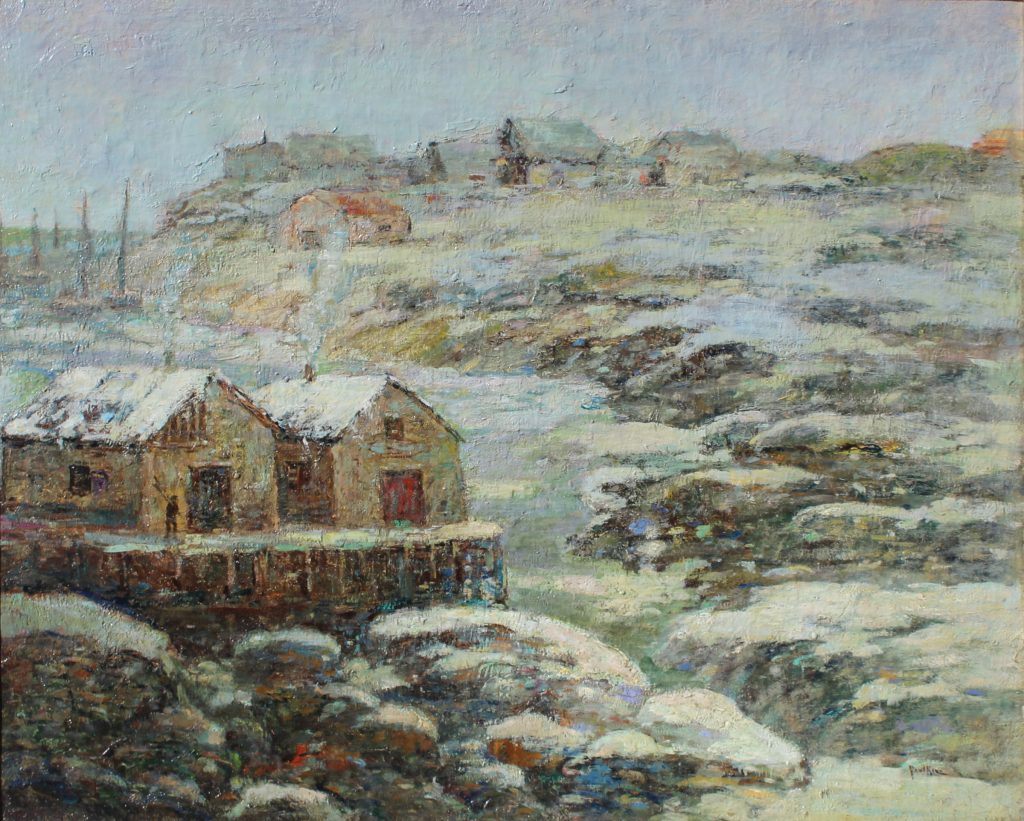 PAUL BERNARD KING
PAUL BERNARD KINGWinter: Peggy’s Cove, Nova Scotia, c.1910
Oil
32 1/4 x 40 inches; Framed: 39 1/2 x 47 1/4 inches
Click here for more information
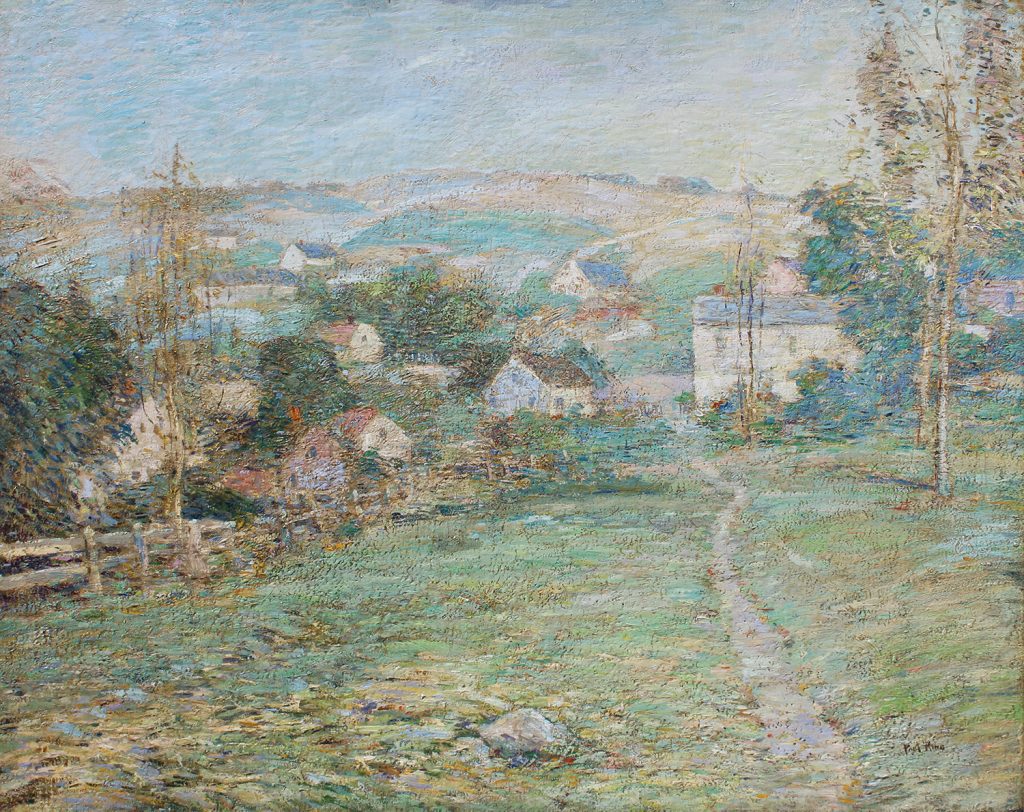 PAUL BERNARD KING
PAUL BERNARD KINGThe Old Farm, c.1918
Oil
32 x 40 inches; Framed: 44 x 52 inches
Click here for more information
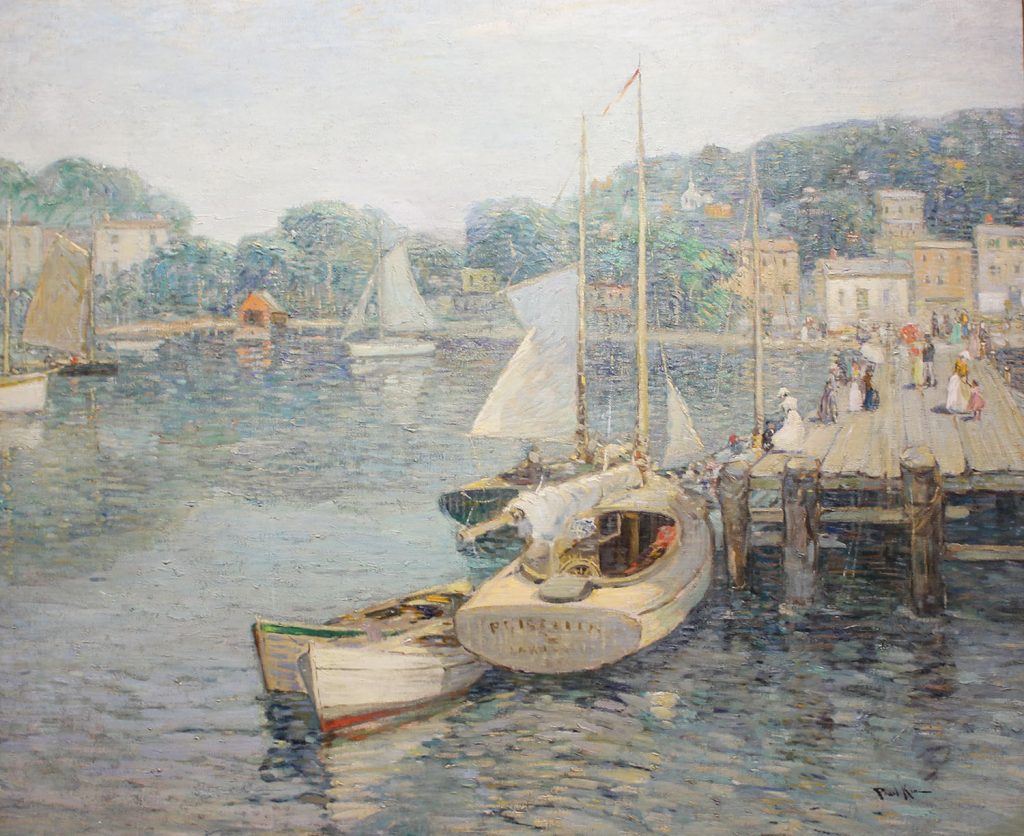 PAUL BERNARD KING
PAUL BERNARD KINGMid-Summer Afternoon
Oil
50 x 60 inches; Framed 56 x 66 inches
Click here for more information
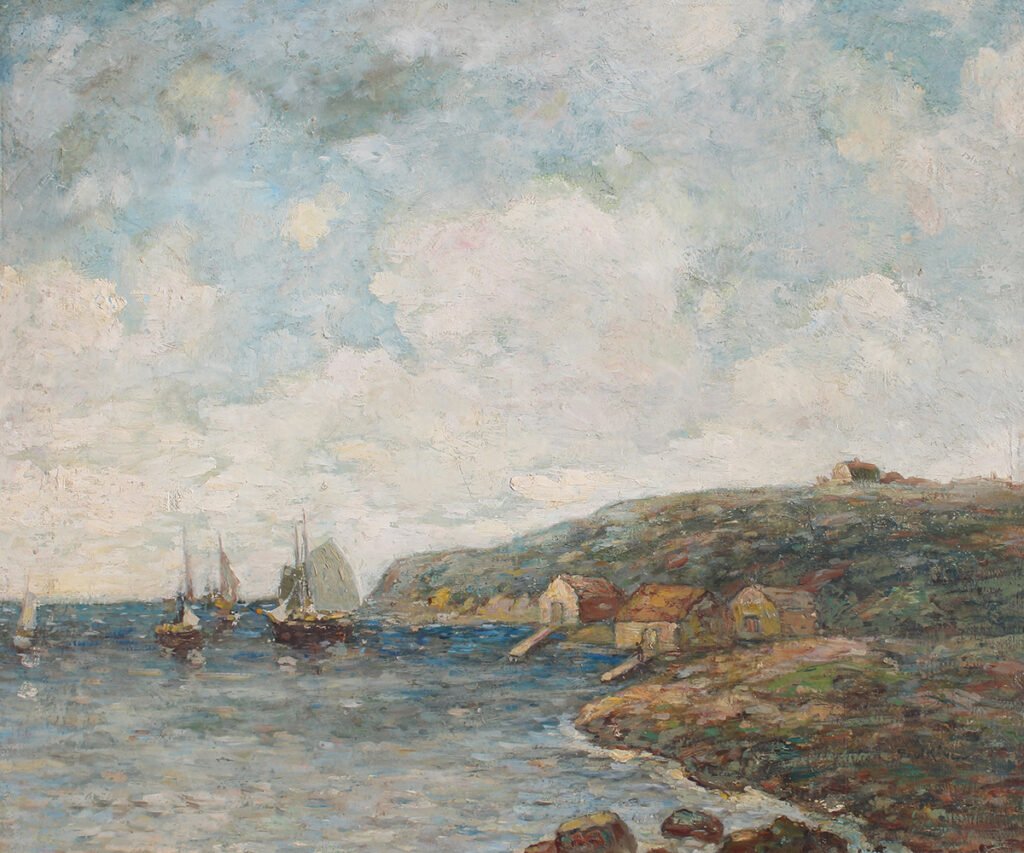 PAUL BERNARD KING
PAUL BERNARD KINGNew England Coastal Scene
Oil
25 x 30 inches; Framed: 33 ¾ x 38 ¾ inches
Click here for more information

